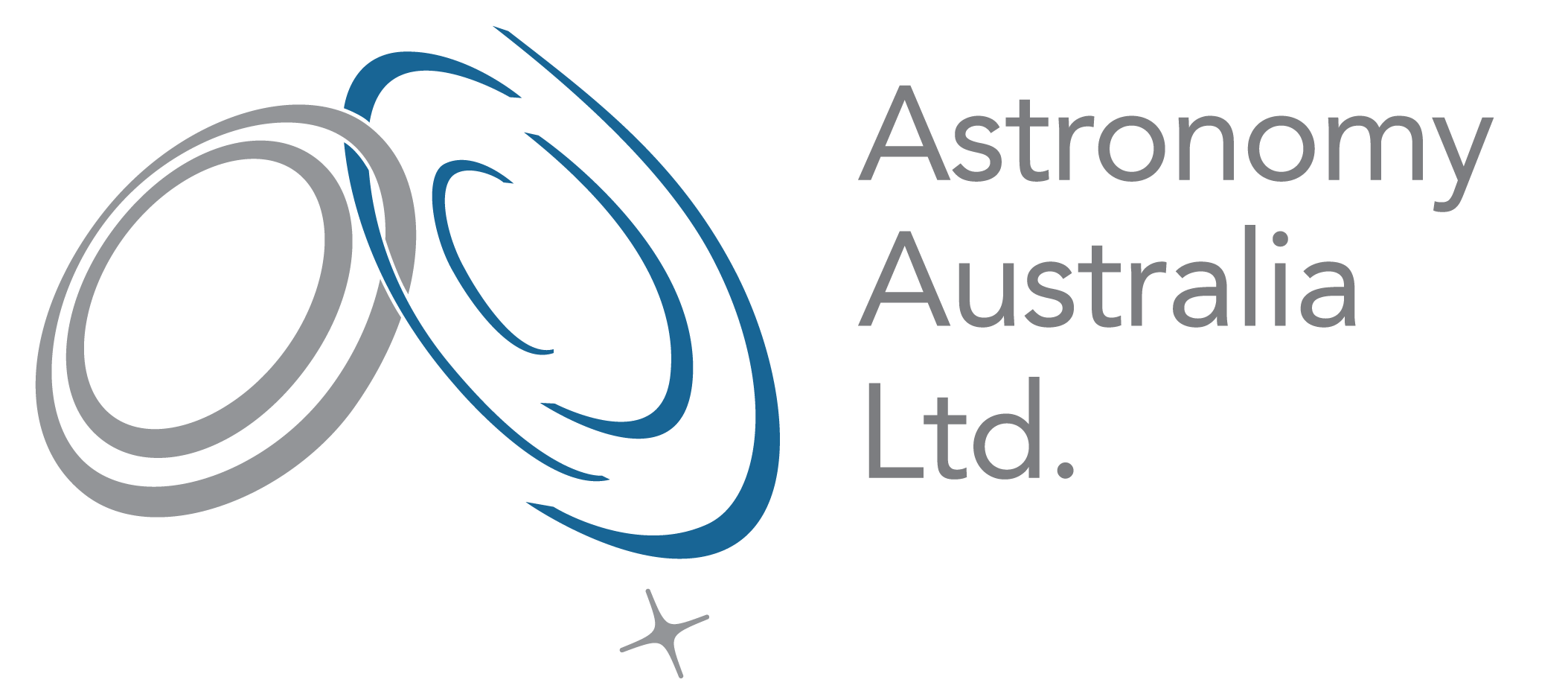The GMTO Corporation have announced the fabrication of the sixth of seven mirrors for the future Giant Magellan Telescope (GMT).
The 8.4m mirror is being fabricated by the University of Arizona’s Richard F. Caris Mirror Lab. It will take nearly four years to complete and use nearly 20 tons of glass. During the casting process, this specialised glass will be melted in a furnace, reaching 1,165 degrees Celsius until it liquefies. The furnace will then spin the glass to create the right parabolic shape for the mirror, and once cooled, it will be polished for two years to reach an optical surface precision less than one thousandth the width of a human hair.
The GMT’s primary design consists of seven of the world’s largest mirrors. This casting is a major step toward completion of the GMT, which will be one of three next-generation extremely large optical telescopes, designed to have a resolving power ten times greater than the Hubble Space Telescope.
The GMTO has 12 founder institutions, including AAL and the Australian National University (ANU) – overall, Australia has approximately a 10% partnership in the GMT.
For more information on the GMT project, visit this link.
For more on AAL’s role as a founding partner, please contact AAL’s CEO Mark McAuley, or AAL’s Chief Business Officer, Mita Brierley.
